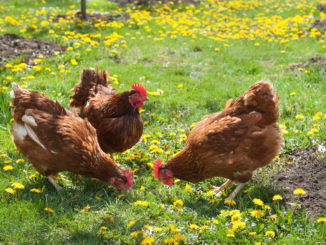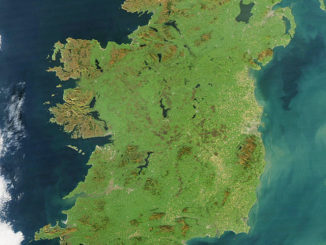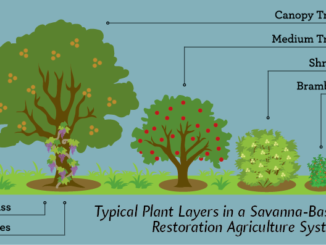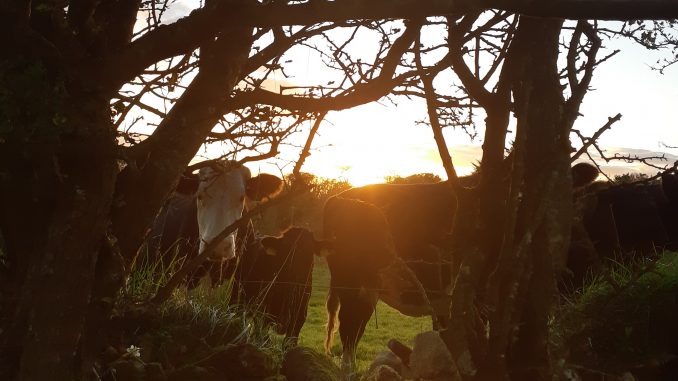
“What do you do that’s different?”
We get asked this question a lot and it’s understandable: sometimes the lingo we use can confuse the best of us….mob grazing, agroecology, ecosystem approaches. Then again I find the same is true for language about conventional systems. I’m a fan of clear definitions, parameters and action plans and not big on jargon. There is a place for idioms but more often than not they can be exclusionary to both sides. So how do we explain what we do in a way that is accessible? I’m not sure we really can without first discussing why we do what we do.
I’d like to start the (long winded) answer with this: we have a small but unique piece of diverse farm land and we’re trying to farm it in a way that conserves it, provides nutritious food and can afford us a livelihood to continue to do so now and in the future. We decide what to do based on why we want to do it in the first place.
We began with the environment in mind; we mob graze because we want to build organic matter to feed the soil, so that our grasses get a long enough recovery period so that they can focus on growing their roots for carbon sequestration. We keep a low number of stock on the land so that we can can maintain a closed system or as closed as possible (bedding is brought in but our cows are 100% grassfed). In light of extreme weather events this past year in Ireland, low stocking rates ensure we don’t find ourselves over-stretched under a changing climate.
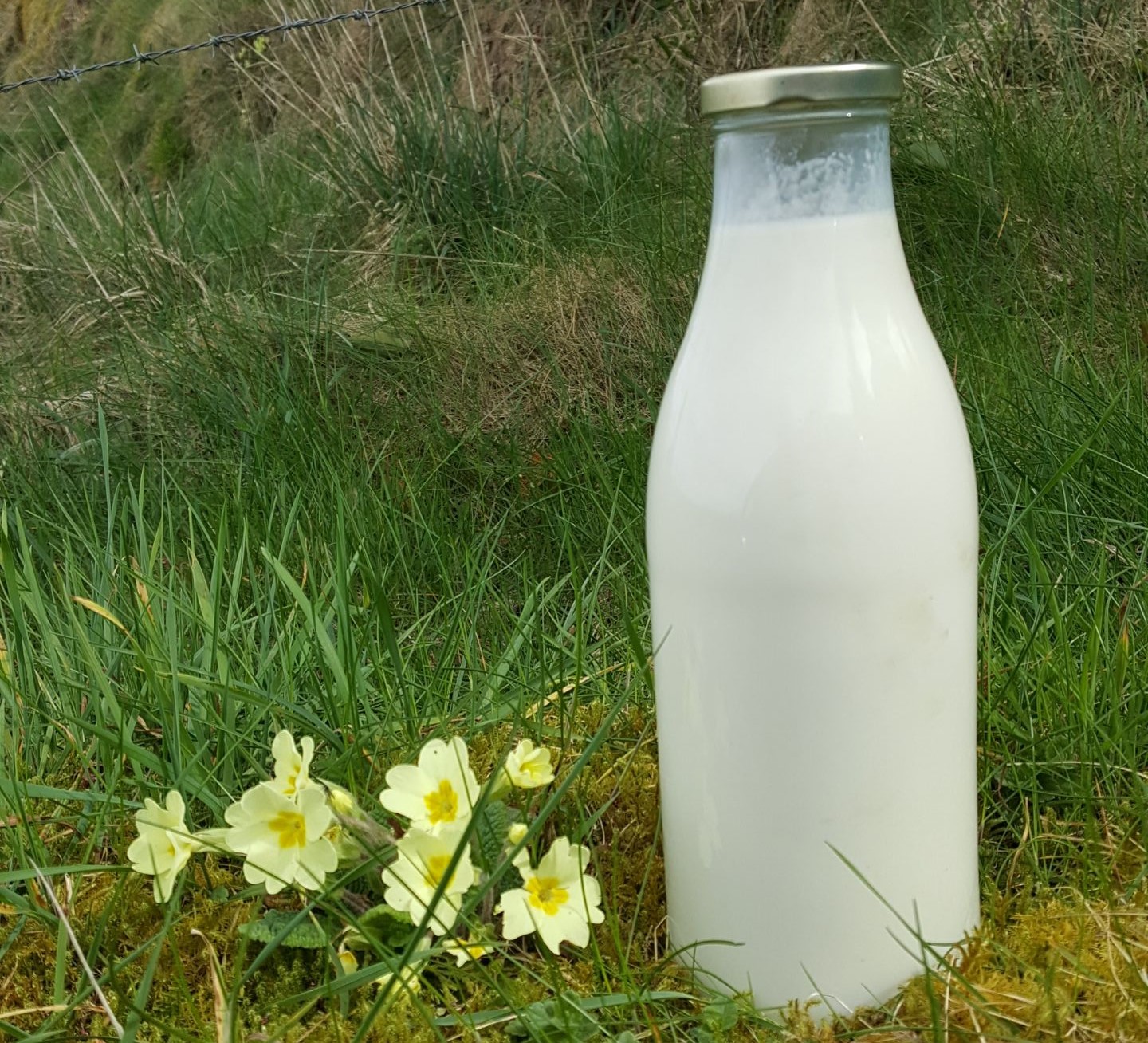
From a social, community perspective our objective is to produce raw milk, dairy products and pasture-raised eggs because we want to provide nourishing food for the local community. This is not a livestock unit for an industrialised factory food system. From an economic perspective, we want to have control over what we produce for sale and want a fair price for our work. We want control so that people can get to know us, our animals and farm so that they can choose to support our way of farming.
So what do we actually do?
On a practical level we follow mob grazing principles. This involves moving a high density of animals every day to graze a new patch of ground. Here they eat the top ⅓ of the grass, trample some of it and provide an even distribution of manure. This extends the recovery time for grass growth, most importantly their root growth, while building organic matter and sequestering carbon. In reality, that’s not always the case. For example, weather can dictate where we graze more than where we want the mob to graze. During this year’s hot summer we kept the mob close to the tree-lined field perimeters for shade which resulted in parts of the field being eaten closer to the root then we’d like.
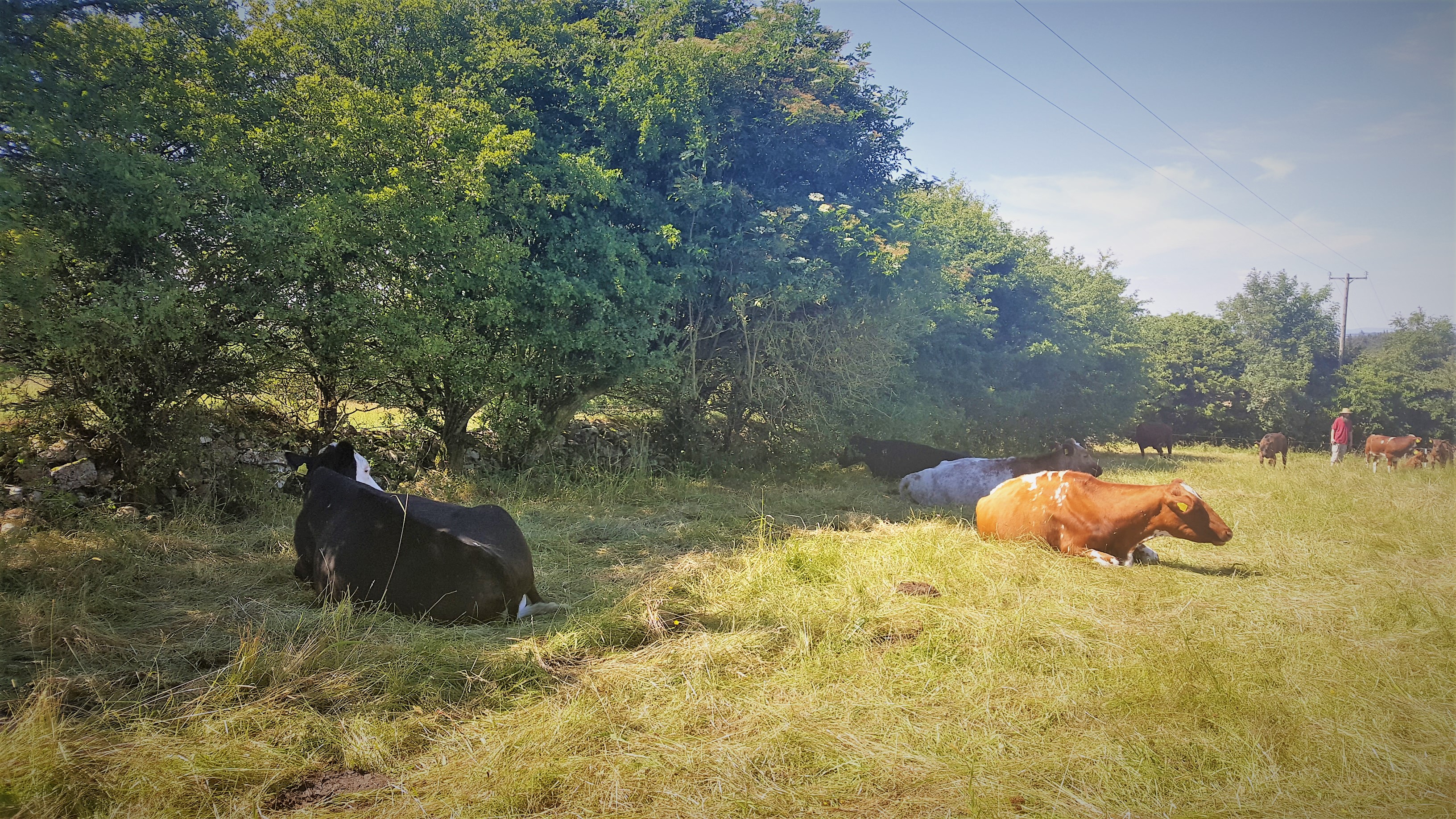
Grazing as we do means we recognise that the soil, grasses, grass herbs, wildflowers, trees and animals are interdependent. We can’t focus on one without taking into account the other. To complete those linkages we should also include humans, connecting our diet and health to the health of what we eat and how its produced. In this instance the patches of ‘over-eaten’ ground have been given the longest recovery time – which means a bit more work on our end and indeed the cows’ as we move back, forth and across from paddock to paddock rather then moving forward and back around once more. At least we hit our 20000 steps a day……
There are other elements to consider besides the actual grazing elements, but that’s for another day. Now that Autumn has taken hold and with it the new seasonal norm of storm after storm rolling in from the Atlantic, we find ourselves having to keep closer to the tree lined ditches again, this time for shelter from the rain not the sun.
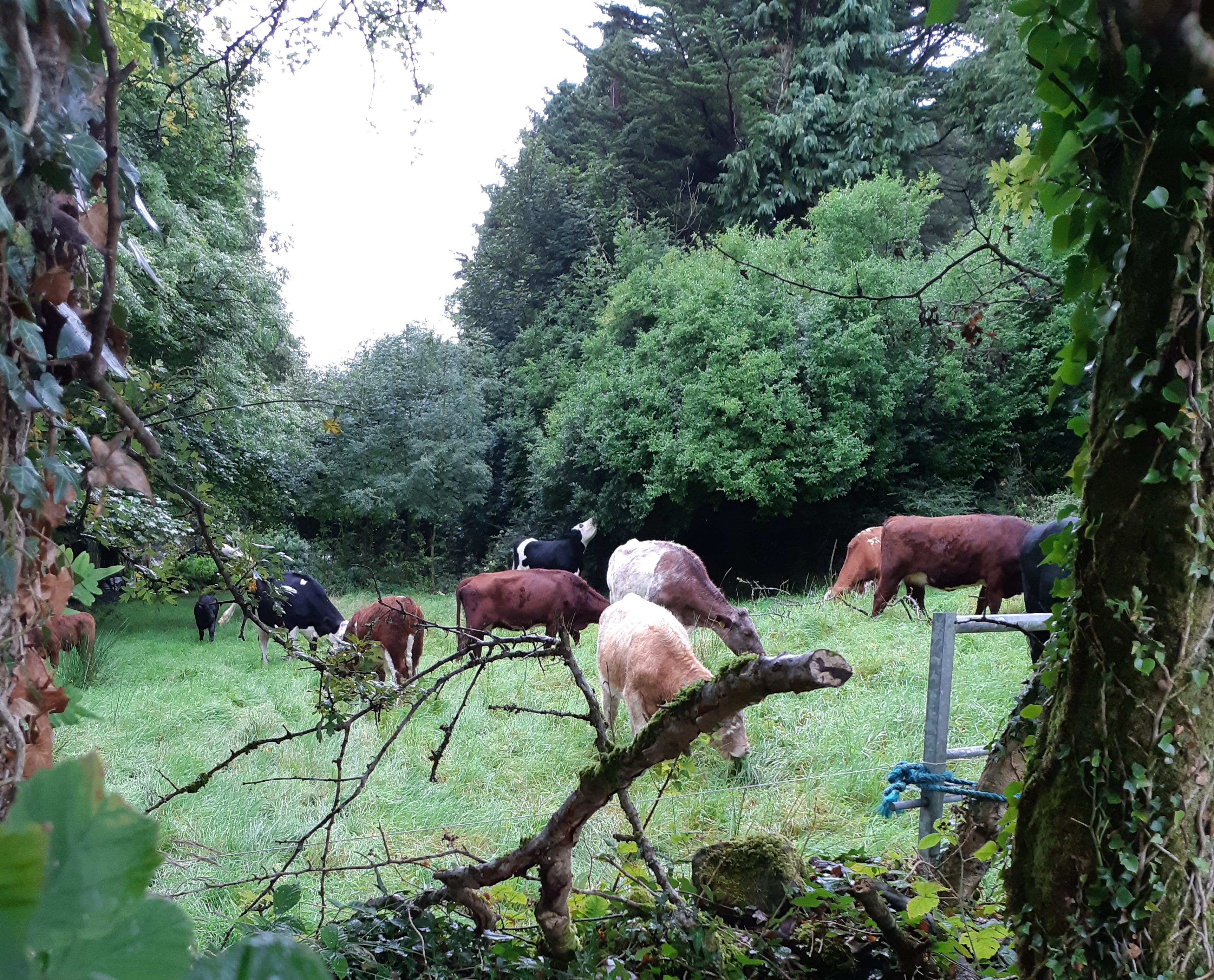
We may not have followed mob grazing practices perfectly but that’s the thing about farming in harmony with nature; nature is never static so how we farm can’t be either. This year in particular has shown the value of conserving tree lined boundaries. So much so that we want to plant more trees, for the land and for the cows. Thankfully we have a great initiative here called Trees on the Land where farmers and more can purchase native trees to plant on their land. We’ll be planting 100 samplings early next year to add to the 50 we planted this year.
On the flip side, trees and hedgerows across Ireland are now being cut back, in many cases the word butchered comes to mind…. I recently had a conversation with the author of a book which highlights Ireland’s declining biodiversity (see below). During our chat on agriculture’s role in the decline, I asked him when, in his opinion, did he think we farmers lost our connection with nature on our farms? He points out that before the industrial – or wrongly named ‘green’ – revolution in agriculture, farmers had to farm within the limitations given to them by nature. I think this is the simplest and perhaps best description of what we do that’s different: we stick to those limits.
 Sinéad and her partner Mick returned to farming in 2016 and now manage a mixed herd of cows on 27 acres of High Nature Value Farmland in the West of Ireland. They are passionate about conserving the species rich grass, mature trees and biodiversity that is found on their farm. Their objective is produce fair food, farmed in harmony Swith nature for a fair price.
Sinéad and her partner Mick returned to farming in 2016 and now manage a mixed herd of cows on 27 acres of High Nature Value Farmland in the West of Ireland. They are passionate about conserving the species rich grass, mature trees and biodiversity that is found on their farm. Their objective is produce fair food, farmed in harmony Swith nature for a fair price.
Sinéad is a Trinity College Dublin Natural Science Graduate with a Masters from NUI Galway in Climate Change, Agriculture and Food Security. Her research looked at the potential of sustainable diets to reduce national GHG emissions.
She has professional experience in the environmental and development NGO sector. She is also co-founder of Foodture, an Irish social enterprise whose mission is to nurture a culture of food citizenship, inspiring citizens to connect directly with fair food farmers to transform our food system for the better.
Check out Sinéad’s conversation with Pádraic Fogarty in full:
https://soundcloud.com/foodture/ep-6-irelands-vanishing-nature
https://www.arc2020.eu/letter-from-agroecological-farm-in-ireland-mayo/


